In the eyes of the FBI, they are terrorists; to corporations, they are vandals. Yet to countless animals, the Animal Liberation Front (ALF) are saviors and liberators.
Today we will explore the lore and essence of a movement that has walked the line between radical activism and criminality, driven by a singular, unwavering commitment to animal rights. Together we will explore the origins, philosophy, and bold actions that have defined the ALF and rethink fundamental questions about justice, compassion, and the rights of the voiceless in our society.

The ALF represents a response to what its members perceive as a fundamental moral failing of society: the exploitation and abuse of animals. Their actions, spanning continents and decades, have been as controversial as they have been impactful, challenging legal and ethical norms in a relentless pursuit of animal liberation.
The story of the Animal Liberation Front (ALF) is one of defiance, compassion, and commitment to the rights of non-human beings. Born in the late 1970s in the United Kingdom, the ALF evolved from the Band of Mercy, a group initially focused on direct action against fox hunts. The transformation into the ALF, under the guidance of figures like Ronnie Lee, was a significant shift – from protest to proactive liberation.
This shift was not just in tactics but in philosophy. The ALF emerged from a growing recognition that animals, as sentient beings deserved liberation. The rights of animals were seen as akin to human rights, deserving of protection and advocacy. This philosophy challenged the status quo, positioning the ALF at the forefront of a radical reimagining of our relationship with animals.
Central to the ALF’s strategy is its unique organizational structure. Different than traditional leadership hierarchies, the ALF operates as a leaderless resistance, comprising autonomous cells. This decentralized approach is both strategic and philosophical.
Strategically, it offers security and anonymity, which is vital because their actions attract scrutiny from law enforcement and opponents. Philosophically, it reflects a commitment to egalitarianism and individual responsibility.
In the ALF, there are no leaders, only equals united by a shared conviction that animal exploitation and cruelty are profound injustices that must be actively opposed.
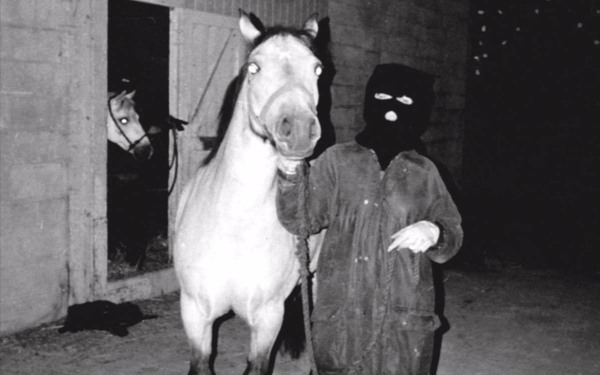
https://www.alfsg.org.uk
At the heart of the ALF’s philosophy is a profound ethical imperative. This imperative rests on the belief that the suffering of animals is not a matter of mere welfare but a fundamental issue of rights and justice. The ALF’s actions are driven by the conviction that animals are capable of experiencing pain and suffering and should not be subjected to exploitation and harm for human purposes.
This philosophy deeply challenges the societal norms that view animals as commodities or research tools. It calls for a radical shift in perspective, one that places the intrinsic value of animal life on par with human life. In this worldview, the liberation of animals from laboratories, factory farms, and fur farms is not just an act of compassion but a necessary response to a moral crisis.
The influence of the Animal Liberation Front goes beyond borders and echoes across continents. From the UK to the USA, and beyond, the ALF’s ideology and tactics have influenced animal rights activists globally.
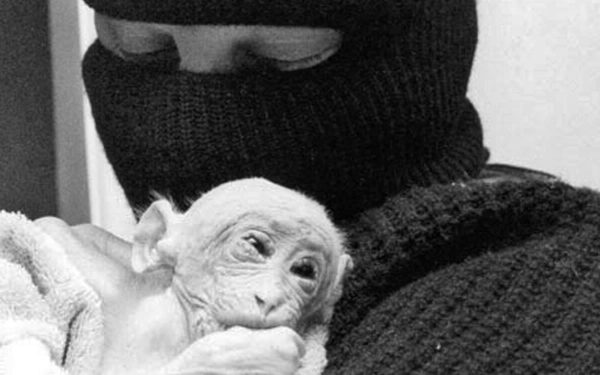
https://www.alfsg.org.uk
In the United States, the ALF has carried out actions that mirror those in the UK, targeting animal testing facilities, factory farms, and the fur industry. These actions have not only resulted in the liberation of animals but have also drawn significant public attention to animal rights issues.
One of the most significant actions by the ALF in the United States took place in 1985 at the University of California, where ALF activists liberated 468 animals. This raid not only saved hundreds of animals but also caused considerable economic damage and brought the conversation of animal rights to the forefront, forcing the public to confront the hidden realities of animal research.
Another landmark action was the liberation of over 10,000 minks from a farm in Washington state in 2003. This massive liberation effort not only freed thousands of animals from cruel conditions but also sent a powerful message about the scale and determination of the animal liberation movement.

https://www.alfsg.org.uk
The ALF’s journey has not been without controversy. Their radical approach, often involving illegal activities like property destruction and liberation raids, has garnered both condemnation and admiration. While some applaud these actions as brave stands against injustice, others criticize them as extreme, arguing that they undermine the legitimacy of the broader animal rights movement.
The ethical debate at the heart of the ALF’s actions revolves around the question of ends justifying means. Is the violation of laws justified in the pursuit of a greater moral good? This question remains central to the discourse around the ALF and its place in the animal rights battle.
The ALF has been labeled as a domestic terrorist organization by government entities like the FBI, particularly due to their use of arson and property destruction. This classification has led to increased surveillance and legal action against ALF activists.
Researchers and Corporations involved in animal testing also don’t like the Animal Liberation Front. They view the ALF as a threat to scientific progress. They argue that animal research is crucial for medical advancements, a stance that the ALF deeply opposes, advocating for alternative research methods that do not involve animal suffering.
Within the animal rights movement, more moderate groups criticize the ALF’s tactics, fearing they might alienate the public and hinder legislative progress in animal welfare.
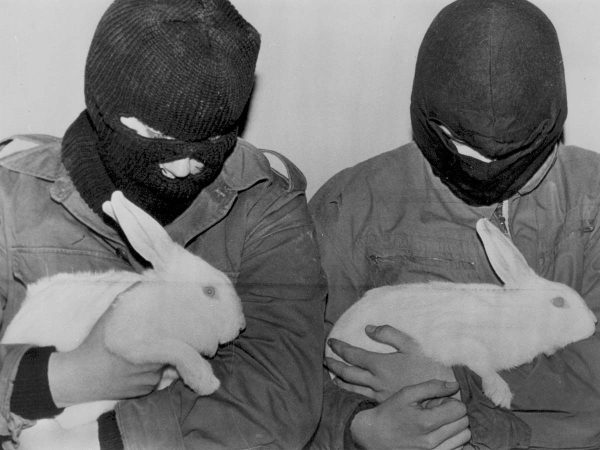
https://www.alfsg.org.uk
Seen through one lens the ALF are outlaws and through another they are liberators. One thing that is for sure is they are not mere protestors or activists; they are the vanguard of a critical moral revolution in how we view and treat our fellow sentient beings.
Governmental agencies and multinational corporations prioritize profit and progress over ethics and the ALF emerges not as terrorists or vandals but as the counterbalance. Every action has a reaction and they are just that. They challenge us to confront the uncomfortable, they force us to examine the truths about our treatment of animals, and push us to question the ethics of industries built on exploitation and suffering.

https://www.alfsg.org.uk
The FBI may brand them as a threat, and corporations may decry their actions as sabotage, but to the countless animals whose lives they’ve touched, the ALF are heroes. This is not mere sentimentality; it is an acknowledgment of the ALF’s crucial role in advocating for those who cannot advocate for themselves. Their actions, while radical, are responses to a systemic injustice so ingrained in our society that it often goes unquestioned.
In a society where the oppressors are shielded by laws and wealth, the ALF’s defiance is not just justified; it is imperative. They are not the antagonists in this narrative; they are the heroes, fighting a battle that many are too complacent or fearful to confront. It’s time we see the ALF as they are, not as outlaws, but as advocates for a just and compassionate world. The ALF’s fight is not just their fight; it’s a fight for all who believe in a world where every life is valued, and every voice, no matter how small or silent, is heard.


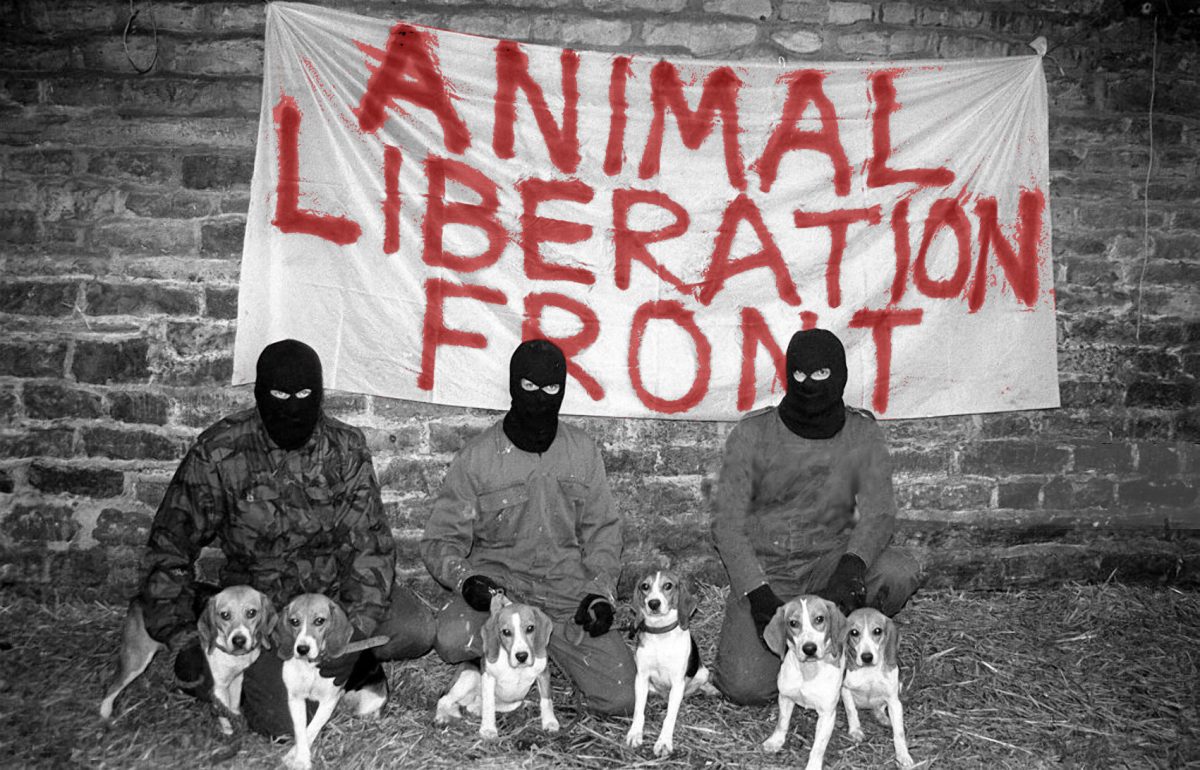

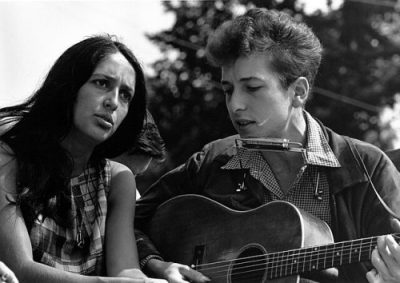

Angel • Feb 21, 2024 at 2:41 pm
As a former Butte College student, I feel it important to say how impressed I am at how far the Roadrunner has gone. This is a fantastic article that is not only well-researched, but discusses a group that often receives only negative attention without any mind to their philosophy or perspectives. Great job!
Nathan Espindula • Feb 22, 2024 at 11:50 am
Thank you! It has taken a lot of hard work to get the Roadrunner to where it is and I appreciate the support we receive. I’m glad you enjoyed the article!